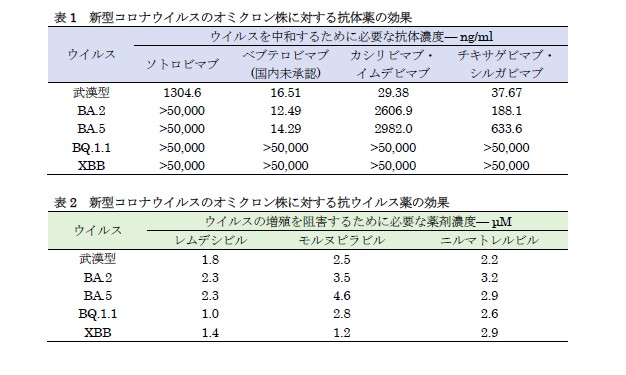2022-12-07 ローレンスリバモア国立研究所(LLNL)
この古代DNAは、極端な気候変動を乗り越えた200万年前の生態系をマッピングするために使用されました。研究者たちは、この結果が、今日の地球温暖化がもたらす長期的な環境破壊を予測するのに役立つと期待している。
グリーンランドのこの地域は現在、極地の砂漠地帯となっているが、今回の研究で、それが必ずしもそうでなかったことが明らかになった。200万年以上前の夏と冬の平均最低気温はそれぞれ10℃と17℃で、現在より10℃以上暖かかったのである。
この気温の高さがグリーンランド氷床の融解を引き起こし、過去240万年のうちで最後の氷のない期間をもたらしたと考えられる。この地域では、針葉樹林や昆虫の大型化石はよく保存されているが、脊椎動物の痕跡はほとんど見つかっていない。
カナダ北極圏のエルズミア島にある340万年前のファイルスリーフベッドとビーバーポンドには、絶滅したクマ(Protarctos abstrusus)、巨大ビーバー(Dipoides sp.)、小型イヌ(Eucyon)、北極の巨大カマキリ(C.f. Paracamelus0)といったグリーンランドに入植した可能性のある哺乳類の化石が保存されている。
LLNLの加速器質量分析センターを使って、研究者は土壌に含まれるベリリウムとアルミニウムの同位体を分析し、環境DNAを含む沈殿物の年代を特定した。
DNAによって同定された脊椎動物はすべて草食動物で、カリブー、ガン、ノウサギ、げっ歯類など、少なくとも季節的には北方環境に豊富に生息していたことが確認された。
<関連情報>
- https://www.llnl.gov/news/environmental-dna-uncovers-2-million-year-old-ecosystem-greenland
- https://www.nature.com/articles/s41586-022-05453-y
環境DNAが解き明かす、グリーンランドに残る200万年前の生態系 A 2-million-year-old ecosystem in Greenland uncovered by environmental DNA
Kurt H. Kjær,Mikkel Winther Pedersen,Bianca De Sanctis,Binia De Cahsan,Thorfinn S. Korneliussen,Christian S. Michelsen,Karina K. Sand,Stanislav Jelavić,Anthony H. Ruter,Astrid M. A. Schmidt,Kristian K. Kjeldsen,Alexey S. Tesakov,Ian Snowball,John C. Gosse,Inger G. Alsos,Yucheng Wang,Christoph Dockter,Magnus Rasmussen,Morten E. Jørgensen,Birgitte Skadhauge,Ana Prohaska,Jeppe Å. Kristensen,Morten Bjerager,Morten E. Allentoft,Eric Coissac,PhyloNorway Consortium,Alexandra Rouillard,Alexandra Simakova,Antonio Fernandez-Guerra,Chris Bowler,Marc Macias-Fauria,Lasse Vinner,John J. Welch,Alan J. Hidy,Martin Sikora,Matthew J. Collins,Richard Durbin,Nicolaj K. Larsen & Eske Willerslev
Nature Published:07 December 2022
DOIhttps://doi.org/10.1038/s41586-022-05453-y

Abstract
Late Pliocene and Early Pleistocene epochs 3.6 to 0.8 million years ago1 had climates resembling those forecasted under future warming2. Palaeoclimatic records show strong polar amplification with mean annual temperatures of 11–19 °C above contemporary values3,4. The biological communities inhabiting the Arctic during this time remain poorly known because fossils are rare5. Here we report an ancient environmental DNA6 (eDNA) record describing the rich plant and animal assemblages of the Kap København Formation in North Greenland, dated to around two million years ago. The record shows an open boreal forest ecosystem with mixed vegetation of poplar, birch and thuja trees, as well as a variety of Arctic and boreal shrubs and herbs, many of which had not previously been detected at the site from macrofossil and pollen records. The DNA record confirms the presence of hare and mitochondrial DNA from animals including mastodons, reindeer, rodents and geese, all ancestral to their present-day and late Pleistocene relatives. The presence of marine species including horseshoe crab and green algae support a warmer climate than today. The reconstructed ecosystem has no modern analogue. The survival of such ancient eDNA probably relates to its binding to mineral surfaces. Our findings open new areas of genetic research, demonstrating that it is possible to track the ecology and evolution of biological communities from two million years ago using ancient eDNA.


